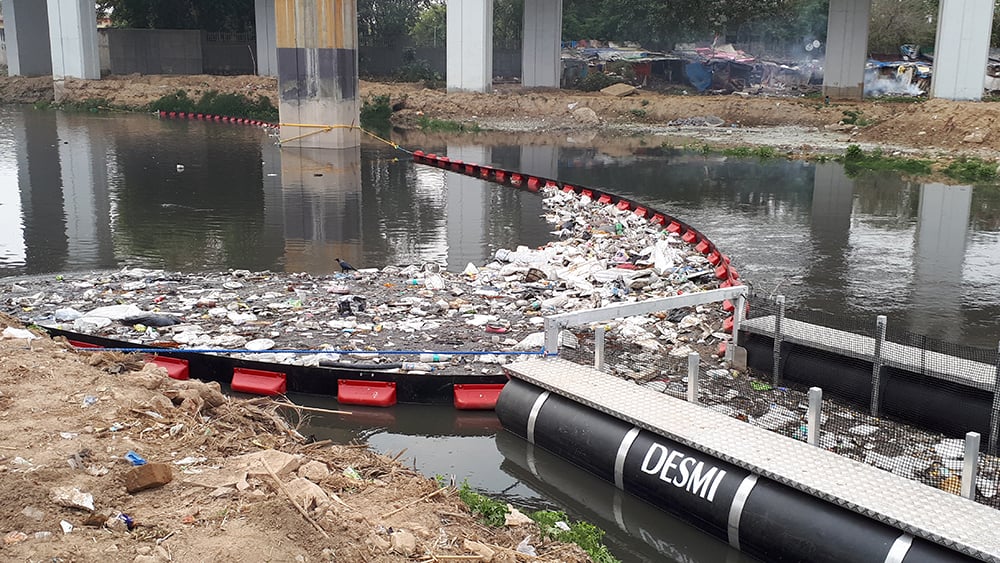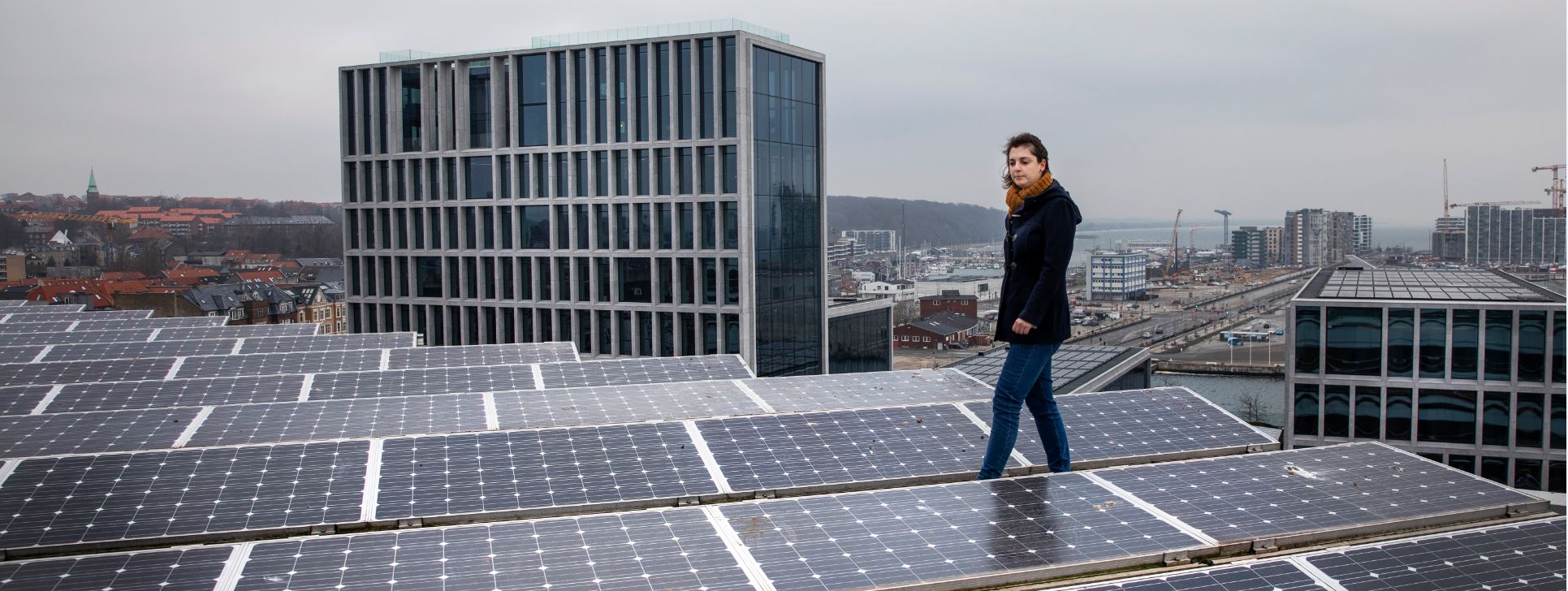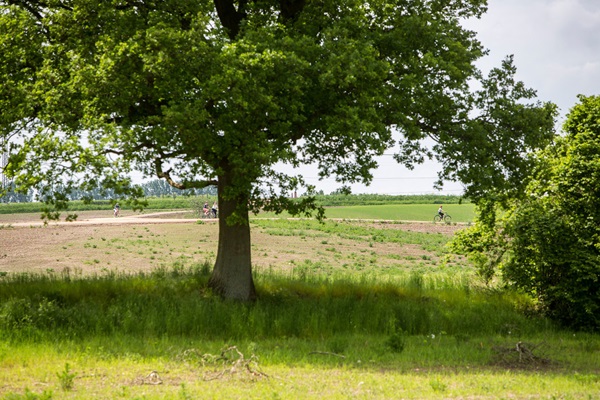News
District heating
Photovoltaics
Urban water management
35% less CO2 in Sonderborg


This equals a reduction in carbon emissions by approximately 242,600 tonnes in Sonderborg.
There are many explanations for this success in Sonderborg. For example, the collective consumption of energy has been reduced by an impressive 15% since 2007. Solar cells continue to do their work on the buildings of the region, increasing the production of electricity from solar cells by 16% in 2015. And even though the consumption of electricity has again risen in Denmark, it continuously drops in the region of Sonderborg.
Green district heating becomes popular
One of the factors behind this satisfying result is that an increasing number of people convert to district heating, that green district heating is becoming popular, and that the consumption of natural gas used for heating residences fell by 11%. Opposite this are the manufacturing companies of the region (e.g. brickworks, industrial plants, food processing), which had such growth last year that industrial gas consumption rose by 11%. Nonetheless, overall carbon emission in Sonderborg fell by 5%!
Compliments and warnings from the mayor
- "I wish to give both compliments and warnings", says the city mayor, Erik Lauritzen. "Compliments to everyone, who are conscious about saving energy and support green energy. That goes for homeowners, landlords, housing associations, schools, sports associations, shops and companies, following the path set out by the municipality in its ambition to energy renovate buildings, installations and processes at a quicker pace than the rest of Denmark. A warning must be issued to those, who believe that the entire region can have zero carbon footprint in 2029 solely through the efforts of others. To reach our goal, we need cooperation and clever initiative to continuously inspire and make energy consumers act and do (differently) in the coming years", the mayor states.
Erik Lauritzen highlights that efforts made so far have, besides reducing carbon emission and creating hundreds of new jobs for craftsmen, also opened new doors in export to cities both near and far, inspired by the conversion taking place in Sonderborg. These many visiting corporate guests are an important foundation for increased growth in corporate tourism in Sonderborg.
The CEO of Sonderborg´s ProjectZero, Peter Rathje, is obviously focused on further reductions in carbon emission.
Sonderborg is challenged
- "Going forward, the region of Sonderborg has its challenges, not least of which is making ourselves less dependent on importing electricity. With 50 million DKK in funding from the EU to the SmartEnCity project, we can accelerate the green transition of the region of Sonderborg. Green electricity is still at the centre of this," Peter Rathje remarks, but he also highlights the need for more large heat pumps in district heating, PV solar cells on the roofs of the housing associations in the area, electric cars and more involvement of citizens/residents across housing types in order to further make the citizens into ambassadors for the green conversion of Sonderborg.
CO2 monitoring
The ProjectZero Company annually monitors the carbon emission in the region of Sonderborg. The principles behind this were determined in connection with the Master Plan process of 2009 and have been kept since then.
This monitoring is based on consumed energy in 2015 in the region of Sonderborg. Consumption is generally tallied by actual energy use from different types of energy, which are then converted to CO2 according to standard principles. In terms of transportation, the national development in energy consumption is scaled down to Sonderborg and converted to CO2.
The monitoring is reviewed every year by the NIRAS Consultants, who summarise their assessments in a verification brief.
Methods of monitoring
The review of carbon emission in the region of Sonderborg methodically follows the global standard, Global Protocol for Community-Scale Greenhouse Gas Emission Inventories (GPC), but it is based on methodical limits described in ProjectZero's Master Plan from 2009. Encouraged by ProjectZero, NIRAS completed a critical review in June 2016 of the degree to which ProjectZero's principles of monitoring adheres to the GPC standards of monitoring.
The revision brief from NIRAS concluded among other things:
- "At the inception of ProjectZero in 2007 and the Master Plan process in 2009, a goal was agreed upon to reduce carbon emission from energy related uses in the region of Sonderborg. Because of this, many of the sectors in GPC automatically fall outside this framework. Inclusion of all seven greenhouse gases likewise falls outside the scope of ProjectZero. Certain sectors in GPC are included in ProjectZero's review, however. Within these sectors, ProjectZero follow the guidelines of GPC, and the conclusion is that ProjectZero's methods of monitoring continue to follow the current standards."















